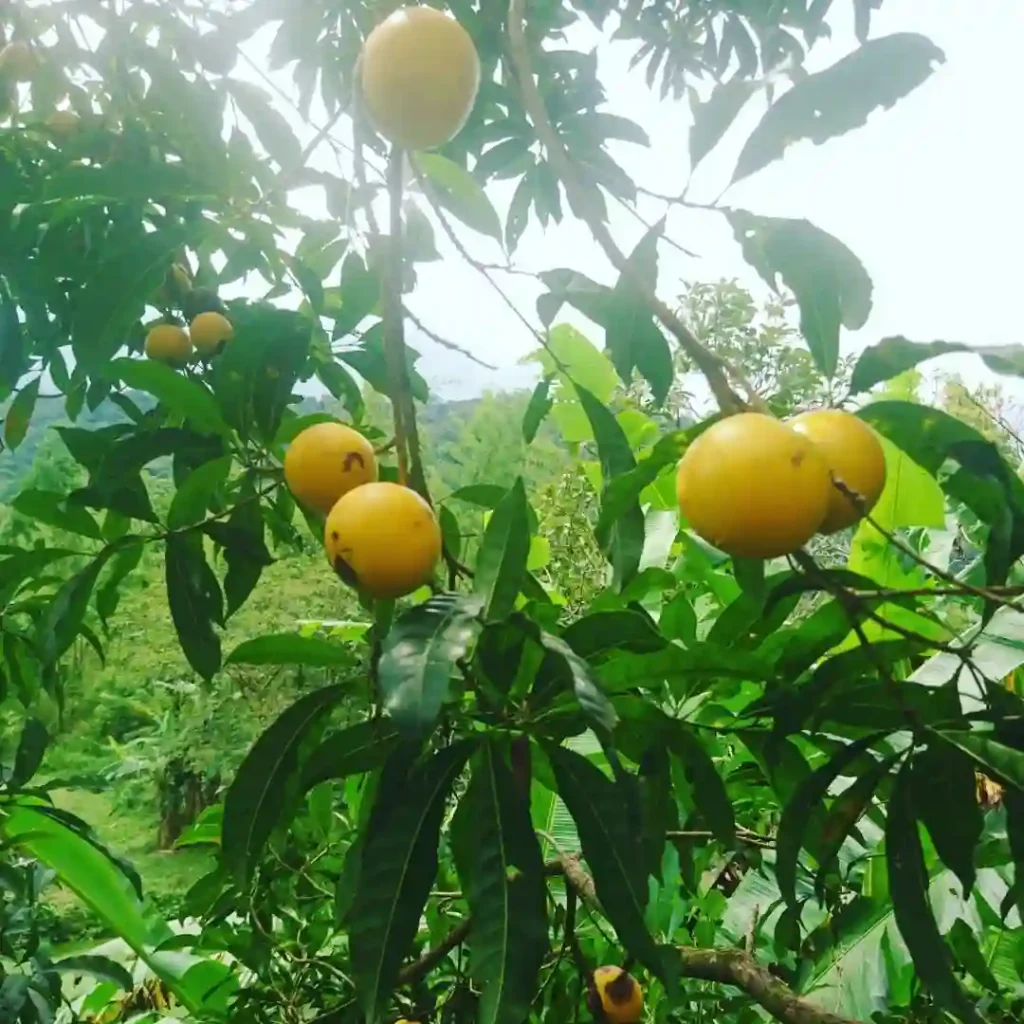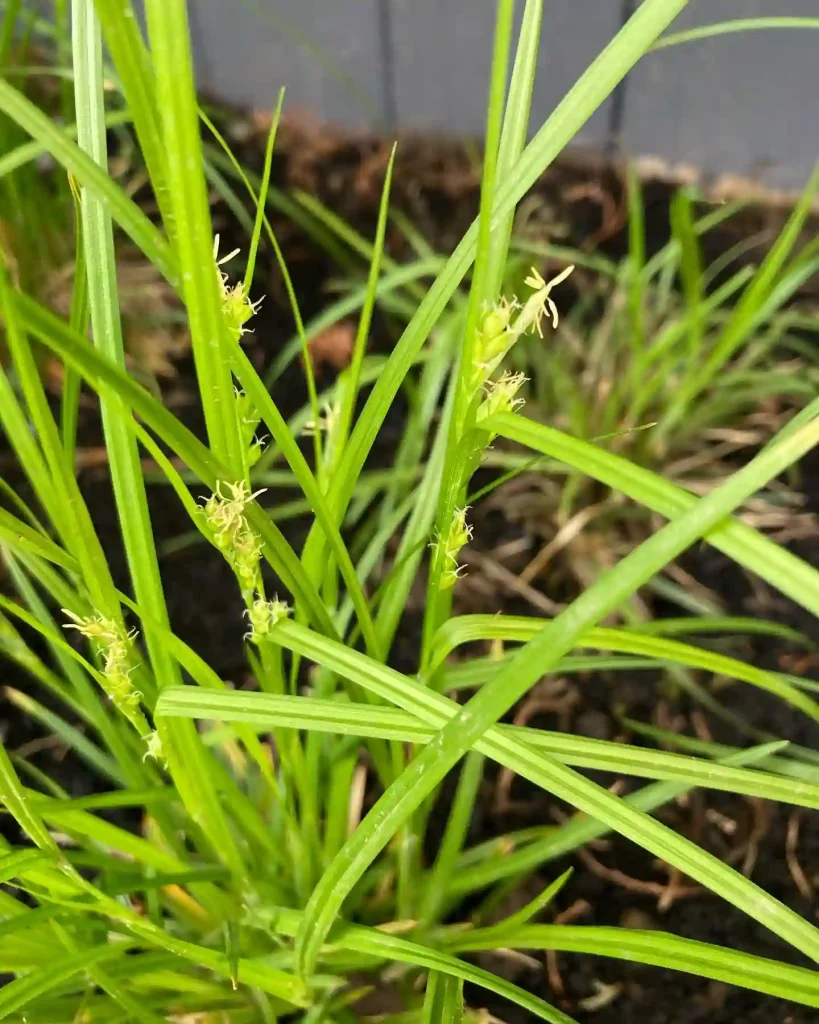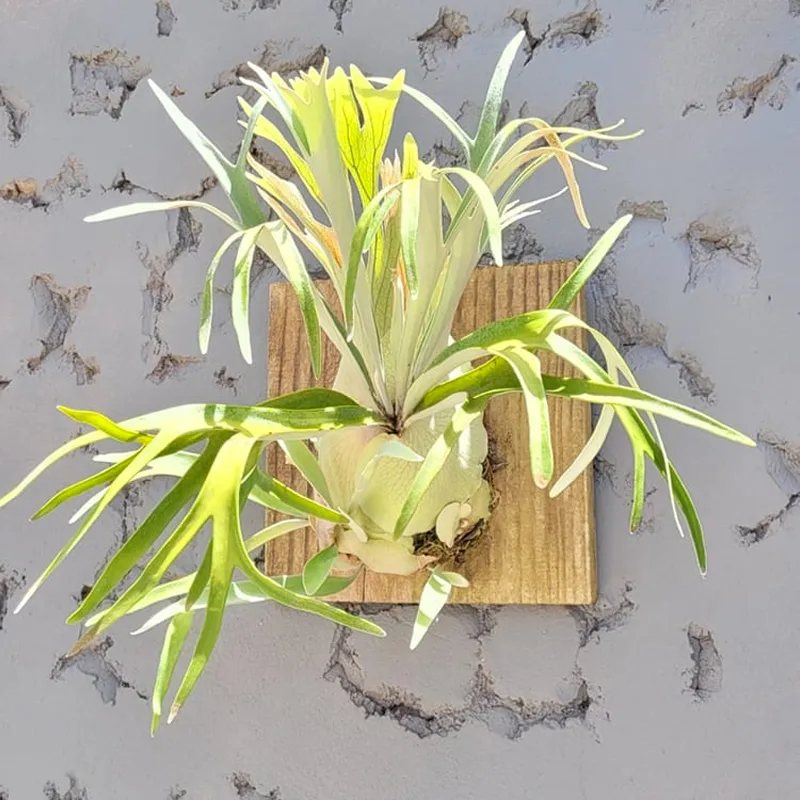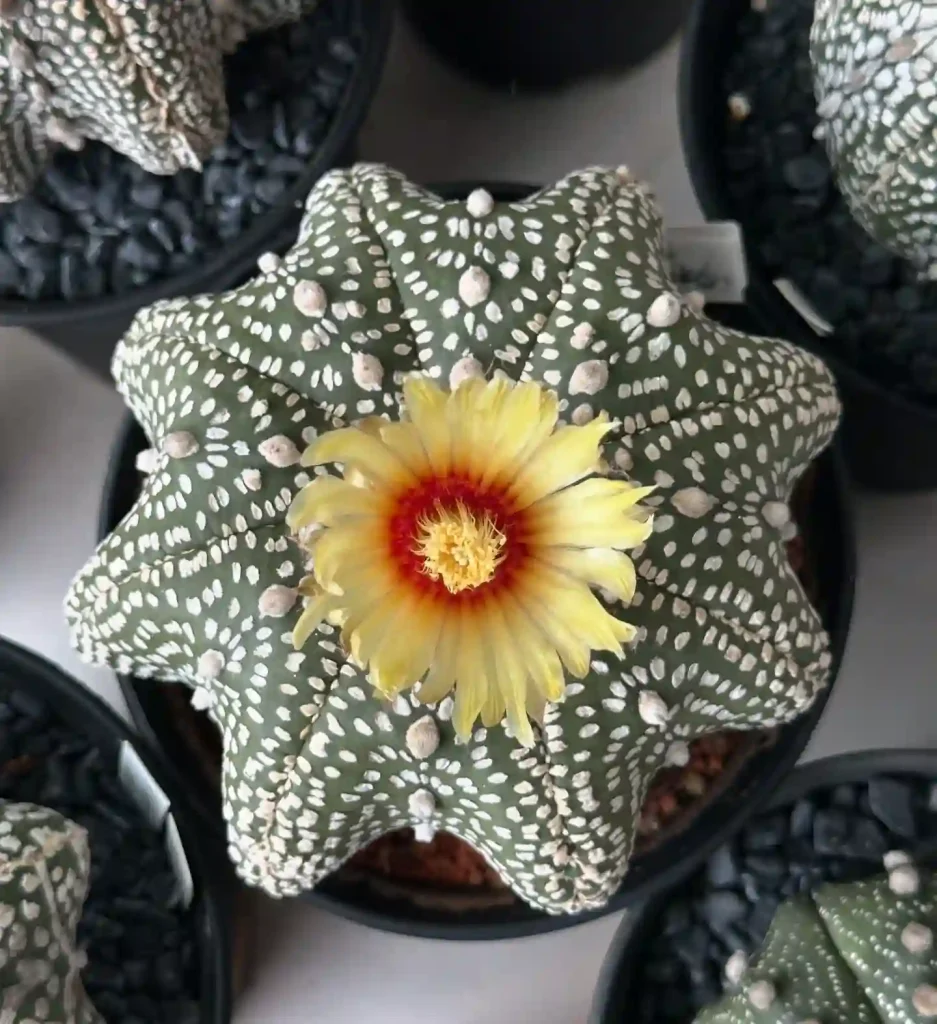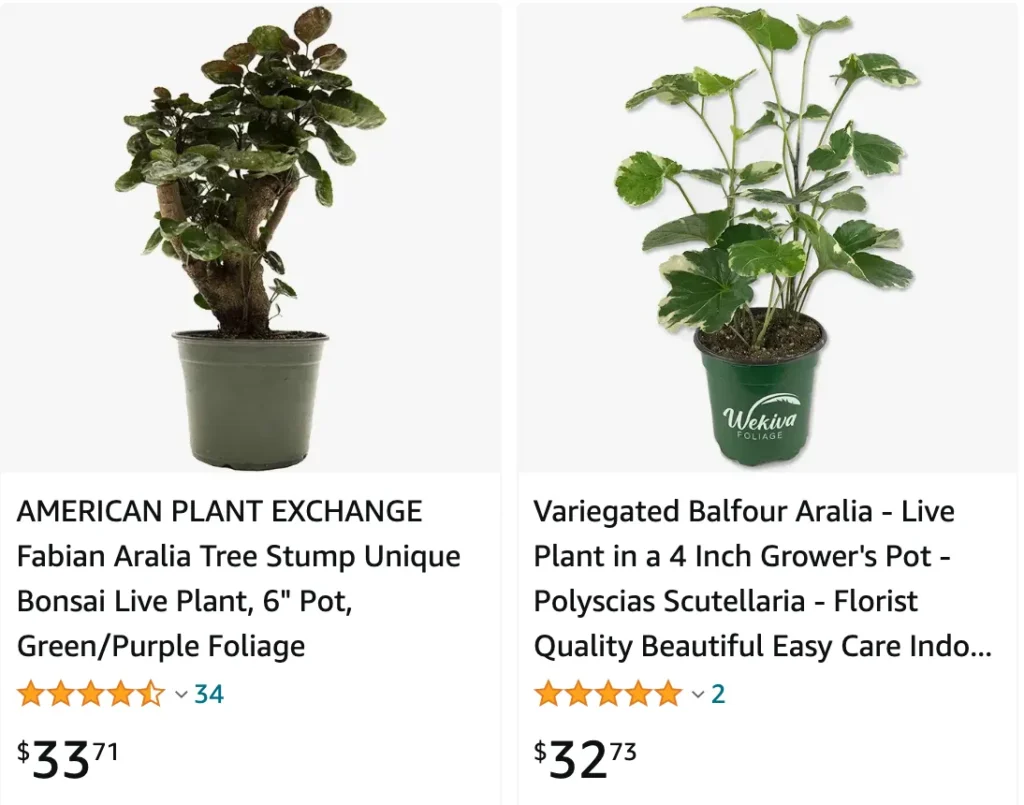
All About the Polyscias Scutellaria: Your Guide to the Shield Aralia
Hi there, Ferb Vu here! Today, we’re diving deep into the world of the Polyscias Scutellaria, also known as the Shield Aralia or the Plum Aralia. This attractive tropical plant has become a popular choice for indoor spaces, captivating homeowners with its lush foliage and easy-going nature.
Whether you’re a seasoned plant parent or a curious beginner, this FAQ will equip you with everything you need to know about caring for your Polyscias Scutellaria.
180 Species in Genus Polyscias
What is a Polyscias Scutellaria?
The Polyscias Scutellaria is a small tree or shrub native to Southeast Asia and the Pacific Islands. In its natural habitat, it can grow up to 20 feet tall. As a houseplant, however, it typically stays between 2 and 6 feet, making it a great choice for adding a touch of the tropics to your indoor space.
The plant’s most striking feature is its glossy, deep green leaves. These leaves are large and lobed, with a distinctive shield-like shape that gives the plant its common name.
Polyscias Scutellaria vs. Schefflera: The Great Debate
Often confused with its close relative, the Schefflera, the Polyscias Scutellaria has some key differences. Here’s a quick breakdown:
- Leaves: Schefflera leaves tend to be finger-like, with leaflets radiating from a central point. Polyscias Scutellaria leaves are more solid and shield-shaped.
- Growth habit: Schefflera can grow bushier and fuller, while Polyscias Scutellaria has a more upright, tree-like growth pattern.
- Light: Both plants prefer bright, indirect light. However, Schefflera can tolerate lower light conditions slightly better.
Is Polyscias Scutellaria Easy to Care For?
Absolutely! The Polyscias Scutellaria is known for being a low-maintenance houseplant. Here’s what you need to know:
- Light: Provide your plant with bright, indirect light. Avoid direct sunlight, which can scorch the leaves.
- Water: Water your plant when the top inch of soil feels dry to the touch. Avoid overwatering, which can lead to root rot.
- Humidity: While not strictly necessary, moderate to high humidity levels can benefit your plant. You can achieve this by grouping your plants together, using a pebble tray, or using a humidifier.
- Soil: A well-draining potting mix is essential. A mixture of potting soil, perlite, and orchid bark can work well.
- Fertilizer: Apply a balanced liquid fertilizer once a month during the growing season (spring and summer).
Can I Propagate My Polyscias Scutellaria?
Yes, you can! Propagating your Polyscias Scutellaria is a great way to create new plants for your home or to share with friends. Here are two common methods:
- Stem cuttings: Take stem cuttings that are a few inches long, with at least a few nodes. Remove the lower leaves and dip the cut end in rooting hormone. Plant the cutting in a pot with moist potting mix and place it in a warm, humid location.
- Air layering: This method involves partially cutting through a stem on the mother plant and encouraging root growth at the cut site. Once roots have formed, you can then cut off the new plant and pot it up.
Is the Polyscias Scutellaria Toxic?
The Polyscias Scutellaria is considered mildly toxic. If ingested, it can cause stomach upset and irritation. It’s best to keep this plant out of reach of children and pets.
Troubleshooting Common Polyscias Scutellaria Problems
Here are some common problems you might encounter with your Polyscias Scutellaria and how to fix them:
- Leaf dropping: This can be caused by underwatering, overwatering, or lack of light. Check your watering habits and adjust accordingly. Move the plant to a brighter location if necessary.
- Brown leaves: This can be caused by underwatering, sunburn, or exposure to cold drafts.
- Yellow leaves: This can be a sign of nutrient deficiency. Try fertilizing your plant with a balanced liquid fertilizer.
Conclusion: Bringing the Tropics Indoors with the Polyscias Scutellaria
The Polyscias Scutellaria is a beautiful and easy-to-care-for houseplant that can add a touch of elegance and sophistication to any indoor space. With its lush foliage and low-maintenance needs, it’s a perfect choice for plant enthusiasts of all levels. So why not give the Shield Aralia a try? You might just find yourself with with a thriving new member of your indoor jungle! The Polyscias Scutellaria’s air-purifying properties are an added bonus, helping to create a healthier and more inviting atmosphere in your home. With a little TLC, this tropical beauty can reward you with years of enjoyment.
If i die, water my plants!
